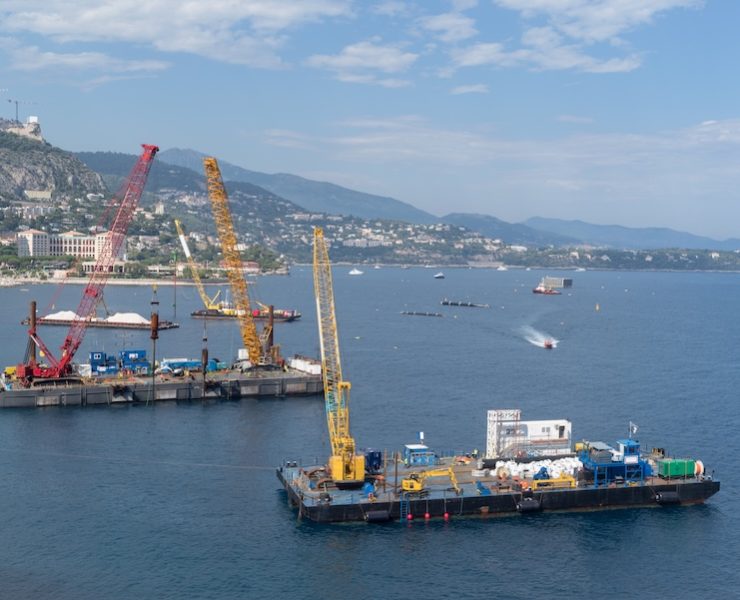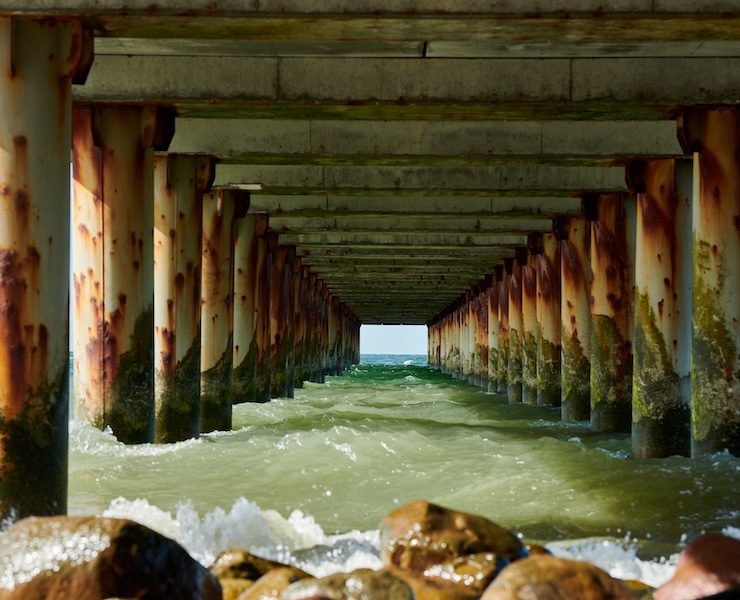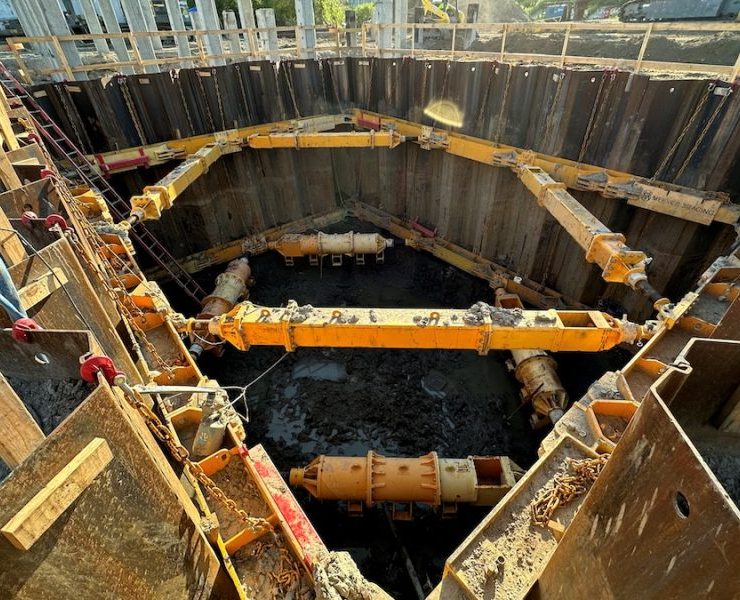Jetty Design and Construction: Types, Materials Used, Repairs, and More
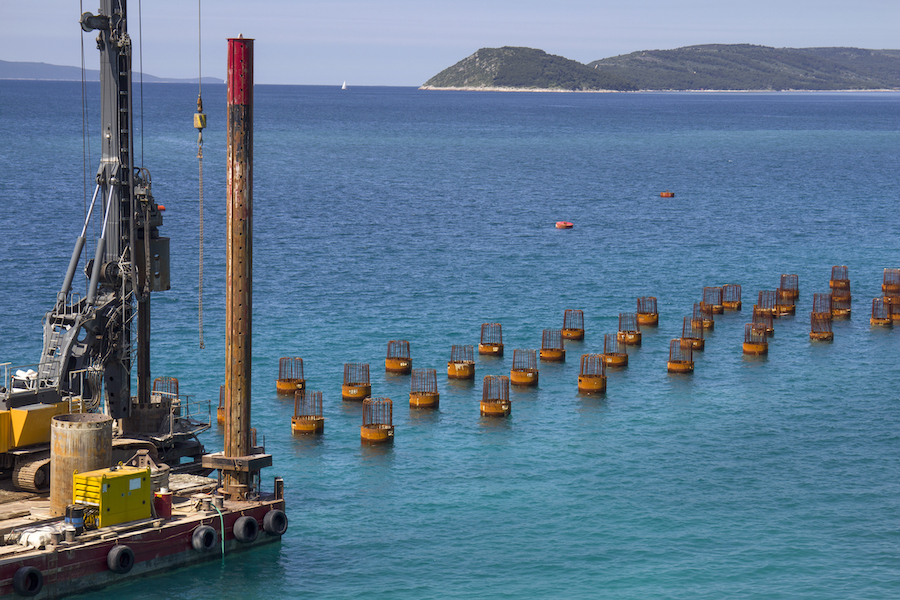
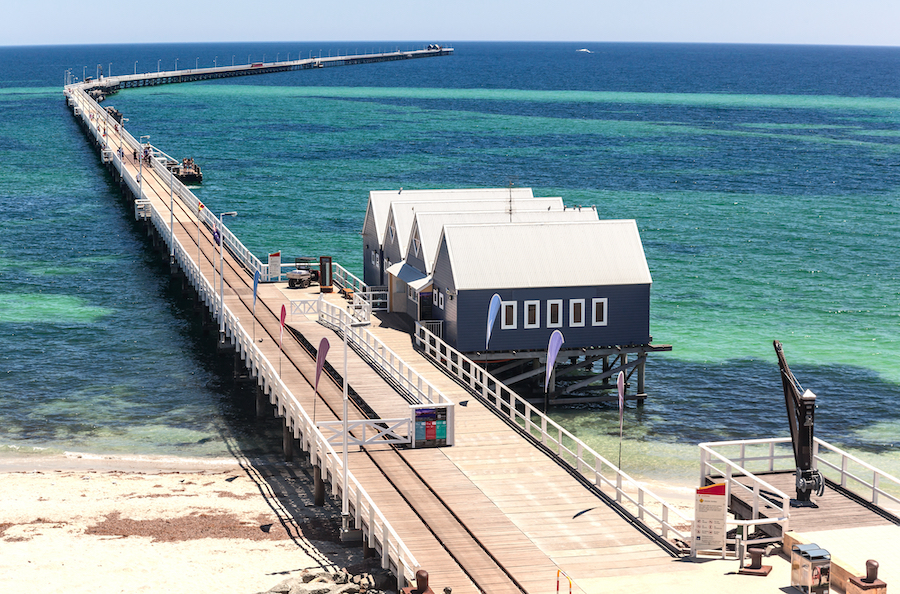
View the complete article here.
What is a Jetty?
A jetty is a structure that extends from the shore into the water, and is typically constructed to protect a channel or harbor entrance from silting and erosion.
Jetties can be made from a variety of materials—including rock, concrete, steel or even a combination of materials.
The design of a jetty will depend on the specific location, the forces of waves and currents, and the intended application of the jetty.
The Different Types of Jetties
There are several different types of jetty designs available—each with their own specific uses and benefits, including:
- Groin jetties: Groin jetties are short jetties that extend perpendicular to the shore and are typically used to reduce erosion and protect beaches.
- Finger jetties: Often used in marinas, finger jetties extend from the shore and are used to create a protected area for boats and ships.
- T-head jetties: T-head jetties extend from the shore and then turn at a right angle, forming a “T” shape. Because of their unique shape, T-head jetties are often used in ports and harbors to provide berthing and docking space for boats and ships.
- Training jetties: Training jetties are longer jetties that are intended to guide and control the flow of water in a channel or harbor entrance.
- Combination of jetties: Multiple jetties can be connected together in order to protect larger areas of shoreline from erosion and to provide multiple berthing and docking spaces for boats and ships.
Materials Used for Jetty Construction
The most common materials used for jetty construction include:
- Rock: Natural rock—such as granite or limestone—is a durable and long-lasting material that can be used for larger jetty projects, as well as breakwaters.
- Steel: Suitable for larger projects—such as ports or harbors—steel is durable and responds well to corrosive environments.
- Concrete: Concrete is a versatile and durable material that is ideal for smaller jetty projects, as well as repairing and maintaining existing jetties.
- Timber: Timber is a traditional material used for jetty construction that is inexpensive and easy to work with. That being said, timber is typically not be a suitable option for areas with strong waves or corrosive environments.
- Recycled materials: Some jetties are even constructed using recycled materials, including—but not limited to—tires, plastic bottles, and other debris.
It’s important to note that the choice of material used for a jetty construction project will significantly depend on factors such as the location, the intended application of the jetty, and—of course—the budget.

Design Considerations for Jetties
Each jetty design offers its own set of advantages and disadvantages. For this reason, it’s imperative to consider the specific design of a jetty before any construction takes place. The most crucial design considerations include:
- Cost and budget: Obviously, the cost and budget for the jetty will determine many of the design factors.
- Site assessment: Engineers will need to assess the specific location where the jetty will be constructed—taking into account factors such as the water depth, the wave and current conditions, as well as the geology of the area.
- Access and usability: Engineers will need to consider the access and usability of the jetty, particularly to ensure that it is accessible to the various types of vessels.
- Load calculations: Engineers will need to calculate the loads that the jetty will be subjected to—including the forces of waves and currents, as well as the potential mass of the vessels that will be using the jetty.
- Environmental impact: Engineers will need to consider the environmental impact of the jetty, in order to minimize any negative effects on the coastal ecosystem.
- Construction methods: Engineers will need to consider the construction methods and materials that will be used to construct the jetty—taking into account factors such as ease of construction, durability, and resistance to the forces of waves and currents.
- Maintenance and repair: Engineers will need to consider the anticipated maintenance and repair requirements of the jetty.
Again, these are just—what we feel—are the most crucial design considerations. Other design considerations may exist so be sure and do your due-diligence.
Jetty Construction Process
Jetties are generally constructed with the following procedure:
- Site selection and survey: The location for the jetty is chosen and surveyed in order to gather necessary information—including the soil conditions, tide levels, and wave patterns throughout the area.
- Design and planning: Engineers and architects design the jetty based on the site survey, as well as the intended application of the jetty.
- Permitting: To ensure that the jetty complies with all local and national regulations, the construction project must go through various permitting processes, including environmental impact assessments.
- Excavation and dredging: In order to create a stable foundation for the jetty, the seafloor is excavated and dredged.
- Piling and foundation work: Continuing the creation of a strong foundation, piles are driven into the seabed.
- Decking and superstructure: The deck of the jetty is constructed—as well as any additional structures, including walkway and railings.
- Accessories: Any necessary accessories are applied, including lighting and signs.
Keep in mind that this is the general process for constructing a jetty. Of course, the construction process can vary by project.
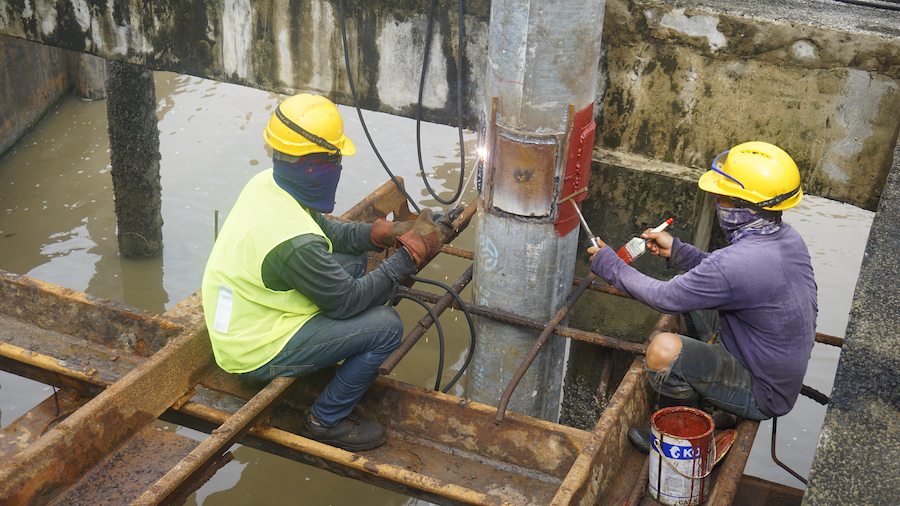
Maintaining, Repairing, and Ensuring the Longevity of Jetties
Considering that jetties are exposed to extreme forces of nature—like waves, currents, storms, and erosion—proper maintenance of jetties is essential. These environmental factors pose serious risks for safety, as jetties can lose their structural integrity and be less effective in protecting the coast.
Here are some of the best practices to ensure the longevity of jetties:
- Monitoring: Monitoring the jetty’s condition—including measuring the water level and wave patterns—can help identify any potential issues that may need to be addressed.
- Regular inspections: Regular inspections are crucial to identify any potential issues—such as cracks, erosion, or damage caused by boats. A lack of regular inspections can lead to more serious, costly issues.
- Regular cleaning: Regular cleaning of the jetty—including removing debris and sediment—can prevent build-up and erosion that can cause damage to the jetty over a period of time.
- Regular maintenance: Regular maintenance such as repainting, replacing worn or damaged materials, and restoring the jetty’s structural integrity can help extend both the life and aesthetics of the jetty.
View the complete article here.
What are the types and purposes of jetties?
Jetties are long, narrow structures that extend from the shore into the water. They can be categorized into various types based on their location, shape, and purpose. For example, entrance jetties protect harbor entrances from wave action, whereas channel jetties maintain a navigation channel in a river or harbor. Jetties can also be used for purposes like protecting beaches from erosion, providing a calm area for a marina, and enhancing recreational opportunities like fishing and boating.
What materials are commonly used in jetty construction and how are they repaired?
Common materials used in jetty construction include rock, concrete, steel, and timber. The selection of material depends on various factors like the site conditions, the expected load, and the local environment. As for repairs, jetties can be maintained and repaired through methods like replacing damaged components, adding additional rock or concrete to restore the original size and shape, or installing geotextiles to prevent erosion.














